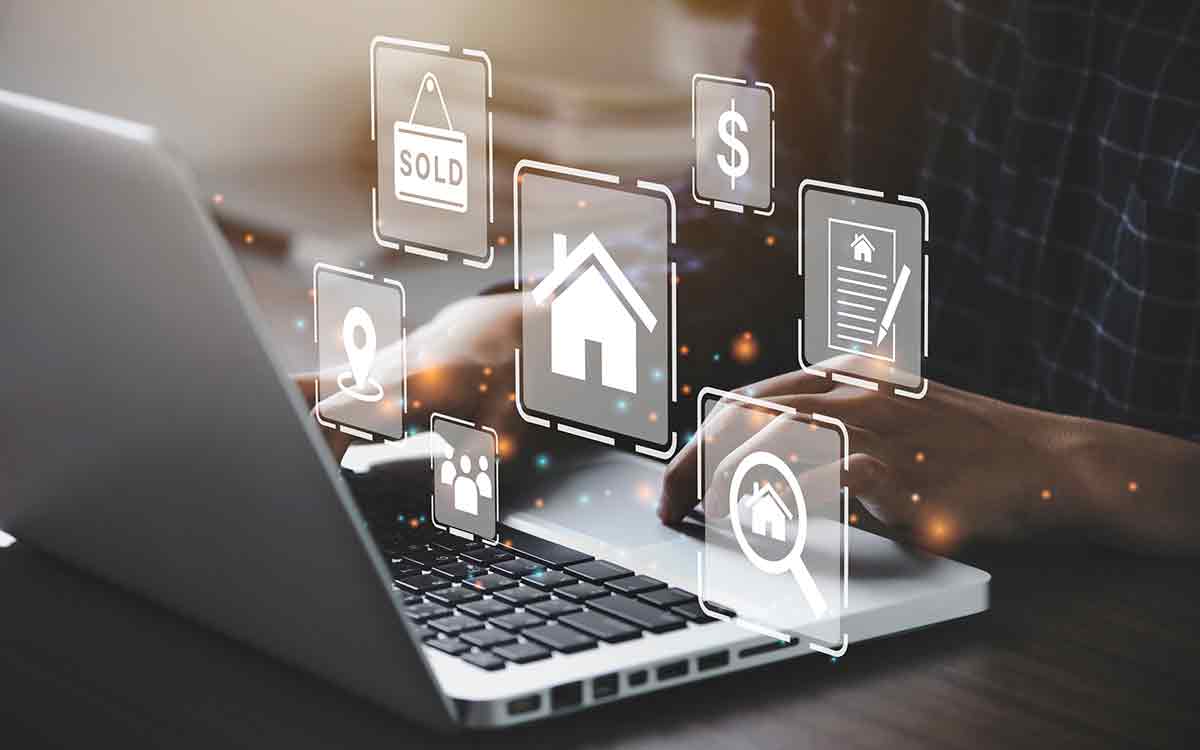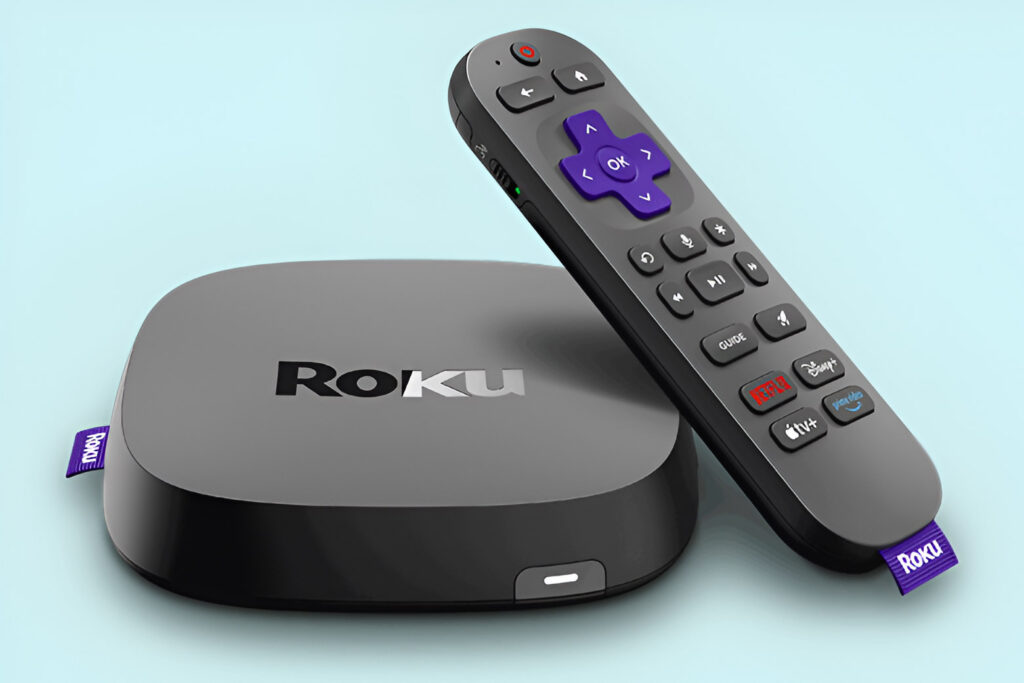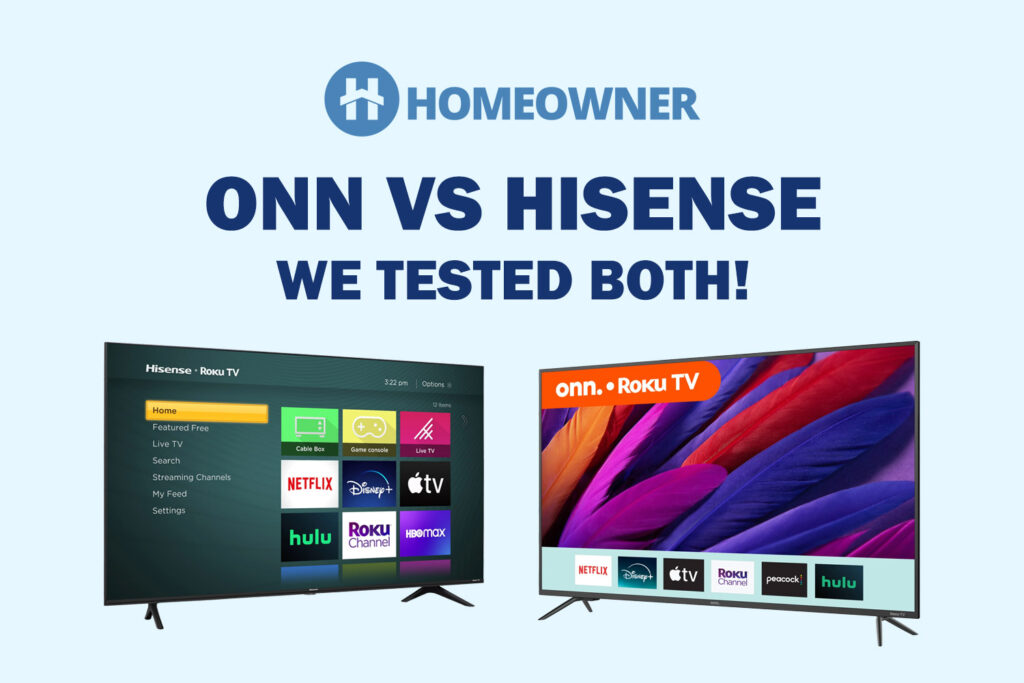How connected is your home? These days, working from home, completing school from home, gaming at home, completing tasks, and enjoying entertainment with friends and family largely occurs in the home. It's important for homeowners to understand all the options and services available to maximize a home's connectivity.
6 Ways to Maximize Your Home’s Connectivity in 2025
- Internet
- Television and Streaming
- Phone Services
- Cloud Storage
- Security Services
- Smart Devices and Home Automation
Connectivity includes smart devices like electronics, solid internet service for office meetings, and completion of coursework. It means procuring services to avoid negative connectivity issues so your at-home movie night doesn't end in frustration while your streamed movie endlessly buffers or the music cuts out during your poolside BBQ party.
Today, connectivity is a major issue that needs to be factored into monthly budgets, new home builds, renovations, and upgrades to every home.
What Are Home Connectivity Services?
Home connectivity services can relate to all the services homeowners and occupants use daily to carry out tasks within the home. This includes things like internet service to complete homework assignments, surf the web, make restaurant reservations, or call a loved one.
Connectivity also includes items like television or streaming services for entertainment purposes. Security services like security cameras, a “Ring” system, or another video or motion monitoring system should also be considered a connectivity service. Smart devices within the house should also be included in the category of connectivity services.
Many households have both satellite or cable in addition to a streaming service for their TV and entertainment needs. In addition to checking email, broadband internet delivers high-quality movies, music, video meetings, and long-distance classroom learning.
Your connectivity needs may extend to devices like a smart refrigerator that can order your groceries for you, or smart speakers like Alexa facilitate tasks in your home like turning on the lights or helping you wake up in the morning.
Home connectivity includes all technological communication services that help keep you connected to your loved ones, friends, the world, and the entertainment you enjoy
1. Internet
What Is Broadband?
Broadband internet provides high-speed connections for homeowners through a variety of technologies. This allows households and businesses to send and receive data and media such as high-quality video and audio over long distances.
The FCC defines broadband as having download speeds of 25 Mbps (megabits per second) and upload speeds of 3 Mbps. In case you’re wondering what that means practically, 1 Mbps roughly translates to a single small photograph uploaded or downloaded within a second. Broadband internet is what provides consumers with the internet speeds needed to use the internet to send and read emails, log on to their favorite social network, scroll through blog posts and news articles, and watch videos.
Fiber Internet
Fiber broadband is delivered via fiber optic cables. Some of the best internet providers offer fiber broadband. These cables convert data signals to light and carry them along glass tubes the width of a human hair.
Fiber broadband is some of the fastest internet around, with speeds exceeding DSL and cable modems by tens and sometimes hundreds of Mbps. Only select areas of the country have companies offering fiber optic connectivity.
Cable Internet
Cable internet uses the same coaxial cables that bring visuals and sound to your TV. The majority of cable modems available to consumers connect to a cable outlet in the wall. The speed of your internet will vary depending on the modem and router, home wiring, and current amount of traffic.
DSL Internet
DSL stands for Digital Subscriber Line. This type of internet uses the same copper lines that service landline phones. Although landline phone ownership is on the wane, many homes are still outfitted with these wires, which can be used for DSL.
Asymmetrical DSL has faster download speeds than upload speeds, making it best for residential consumers who mostly use the internet for reading and light entertainment. Symmetrical DSL has more significant bandwidth for upstream and downstream traffic (uploads and downloads), making it better for business. The speed of a DSL connection is typically not as fast as cable.
Satellite Internet
Satellite internet beams down internet connection from outer space to your wireless device. This high-tech option is more expensive and typically delivers a bit slower connection than other options.
Serial entrepreneur Elon Musk is trying to improve satellite internet service with Starlink, which uses low-orbiting satellites to deliver faster internet over a wide range of 32 different countries. At the time of this article, there are already over 2,000 Starlink satellites in orbit, and a number of other companies (including Samsung, Amazon, and Telesat) have made plans to launch their own satellite fleets.
The 100 Mbps offered by wireless satellite is comparable to DSL and fixed wireless, but potentially slower than cable and much slower than a fiber connection. In time, the companies investing in satellite internet will develop faster and better broadband capabilities.
Fixed Wireless Internet
Fixed wireless internet connects a customer's computer or wireless device to the network by broadcasting radio waves at various frequencies. A WLAN or Wireless Local Area Network provides wireless internet access over a specific area like a home, campus, workplace, or coffee shop.
This can create hotspots for public internet usage, although many networks are private, like the wi-fi on your home network or at the office. Many residential customers will purchase a wireless router and create a WLAN in their own home so they can benefit from internet usage anywhere in the house.
Wireless internet service like Rise Broadband is a popular choice in rural areas, which are often served by small WISPS or Wireless Internet Service Providers.
Your phone company may also offer mobile wireless, which allows you to browse the internet and download and use apps on your phone while on the go. This type of mobile wireless is now in the 5G/LTE phase, which stands for the 5th generation and Long Term Evolution (which, to summarize, is another name for 4G technology). A phone with 5G/LTE service is going to be as fast as you can get in terms of mobile usage.
5G Home Internet
Companies like T-Mobile and Verizon are bringing the latest 5G technology into the homes of consumers with 5G home plans. These companies have created very user-friendly installation processes that can often be done yourself, just by plugging the router they provide in and taking a few simple steps. Once it’s set up, users enjoy fast home internet at impressive speeds.
Broadband Over Powerline
Broadband Over Powerline (BPL) is a lesser known technology that seemed promising around a decade ago, especially for rural areas. It involved drawing internet connection through existing power lines (not phone lines, but the lines used to deliver actual electricity). Consumers could simply plug a power line modem into a wall socket, just like they could a lamp, TV, or toaster.
Unfortunately, powerline broadband ended up yielding some technical challenges that proved too costly. The government began issuing grants for utility companies to upgrade their service areas with new technology like fiber, making powerline broadband obsolete. However, BPL is still seeing usage in other countries around the world, like the United Kingdom.
Dial-Up
Dial-up internet was a common cultural reference in the 90s when consumers were still using landlines to place phone calls. Some readers may even remember trying to call someone’s house and hearing the sound of robotic beeps sprinkled over a grating noise.
A dial-up connection uses your phone line, so you cannot take phone calls while using the internet. Dial-up internet is incredibly slow by today’s standards, hovering around 56 Kbps. To give you an idea, that’s around 0.056 Mbps, compared to say, 5,000 Mbps with fiber connectivity.
Dial-up internet provides a notoriously slow connection that is most certainly not broadband. In fact, many modern websites may not load correctly using a dial-up connection. Watching Netflix is out of the question, for example. And yet, surprisingly, it’s estimated that 250,000 homes access the internet with a dial-up connection.
2. Television and Streaming

When it comes to home connectivity, you don't want to forget your television and streaming needs. You have several options for choosing your television, movie, and other entertainment services. These include cable TV, satellite TV, and streaming subscriptions. The right choice depends on which option is the best fit for your needs.
Cable TV
Cable TV delivers a large variety of television subscription packages through high speed coaxial cable. Cable services are often bundled with home phone and internet services, as well. There are plenty of cable network providers all around the US, but it's not as widely available as satellite TV. Typically each city or local region allows a single cable company to operate as a monopoly. The cable company is required to sign a franchise agreement with the FCC.
Cable television service has several benefits, including a huge amount of channels, bundling options for those who like to get all of their services from one provider, and reliability. Since cable is directly connected to your TV, it is more reliable than a satellite connection. The one downside to cable is that it can be expensive, and package pricing often comes with a lot of channels you simply don't want.
Satellite TV
Satellite TV utilizes a satellite dish to capture the incoming information and transfers that digital data to a cable that connects from the dish to your TV. The satellite signal is known to have issues during stormy weather since clouds can interfere with the signal sent to the dish. However, you can get satellite TV just about anywhere in the US, while cable options are more limited since it requires a wired connection.
Satellite is typically more affordable than cable, making it a popular option despite its issues during stormy weather. Like cable, satellite services offer hundreds of channels, making it possible for everyone in the family to find something they love.
Streaming Services
You can watch live TV and stream television using broadband internet. Many homeowners choose a streaming service for their entertainment and TV needs.
Streaming services are plentiful and fairly low-priced per service. For popular options like Amazon Prime Video, Hulu, and Disney+, you can expect to pay around $10-$15 a month per service. A variety of popular music streaming services are also available.
Many homeowners have “cut the cord” and rely solely on streaming services as the source for their television entertainment. However, choosing the right streaming plan can depend on the speed of your internet. Before you sign up for a Netflix Premium plan, be sure your broadband can support four viewers watching simultaneously – in addition to the cell phones, iPads, and other devices in your home that also use the internet.
3. Phone Services

In addition to internet service providers, another aspect of connectivity you'll want to consider is phone service for your home and personal use. For many, cell phones are making traditional landlines obsolete, but there are reasons why you might want a landline installed in your home in addition to obtaining VoIP or cellular service.
Landline
A landline is the traditional phone line that first entered homes after Edison invented and successfully placed the first telephone call in 1876. The landline enjoyed a total monopoly on the phone market for most of the 1900s and is still the favored choice of many older adults. Landlines work by transmitting audio through twisted copper wire.
The benefit of a landline is that it's reliable and familiar for older adults. A telephone line is highly accurate for geolocation purposes when calling emergency services. The primary downside is that landline services can be on the pricey side. However, if your household has older adults who feel more comfortable with a landline, it may be the way to go.
VoIP
VoIP stands for “voice over internet protocol,” and calls are transmitted over a broadband internet connection. VoIP systems can be used with both home phone handsets as well as smartphones. Older adults who prefer a regular landline can use a VoIP system just like a traditional telephone and they won't even know that things are different behind the scenes.
A VoIP system eliminates the need for a home landline service. You can even have multiple phone numbers configured through your VoIP provider, making it easy to receive messages or transfer calls.
While there are definite perks to a VoIP system, the downside is that it is dependent on your internet package and bandwidth capability. If you have a lower bandwidth package, the call quality might be impacted when other members in your home are streaming or gaming online.
Cellular
Cell phone service has become the most popular method for placing and receiving calls, in addition to accessing the internet. The biggest perk of cell service is the ability to make calls and access the internet almost anywhere you go.
Cellular service is a managed subscription service that requires the purchase of a cell phone and data package for operation. While many providers charge based on usage, you can also choose a flat-rate unlimited plan if you need to access a high volume of data each month.
The primary downside to cellular service is the potential to find yourself in an area with limited to no network connection. While this is becoming less of an issue as networks expand connection capabilities, there are still rural areas with limited access. Before deciding on a service provider plan, it's a good idea to check for cellular dead zones in the areas you plan on living and commuting.
4. Cloud Storage

Since so much of our lives are now digital, cloud storage is an important consideration when setting up your home connectivity. Cloud storage plans are typically purchased separately from your internet provider through a third party, though some providers are starting to offer packages that come with your plan.
A dedicated cloud storage plan is ideal for households that need any amount of permanent storage for digital items like documents, media, or video security footage. With cloud storage, you can automatically upload photos and videos you take, back up text messages and voicemails, and upload documents from school and work.
Without cloud storage, a local backup on your computer's hard drive has the potential to get lost forever if the hard drive crashes, the computer gets stolen, or there's a malfunction with the computer.
While cloud storage won't take up much bandwidth, it's an important piece to factor into the overall costs for your home connectivity setup. Most cloud storage packages begin with budget-friendly pricing. If you have a limited amount of funds, you can still back up your most valuable digital assets, such as photos, videos, and important documents.
5. Home Security
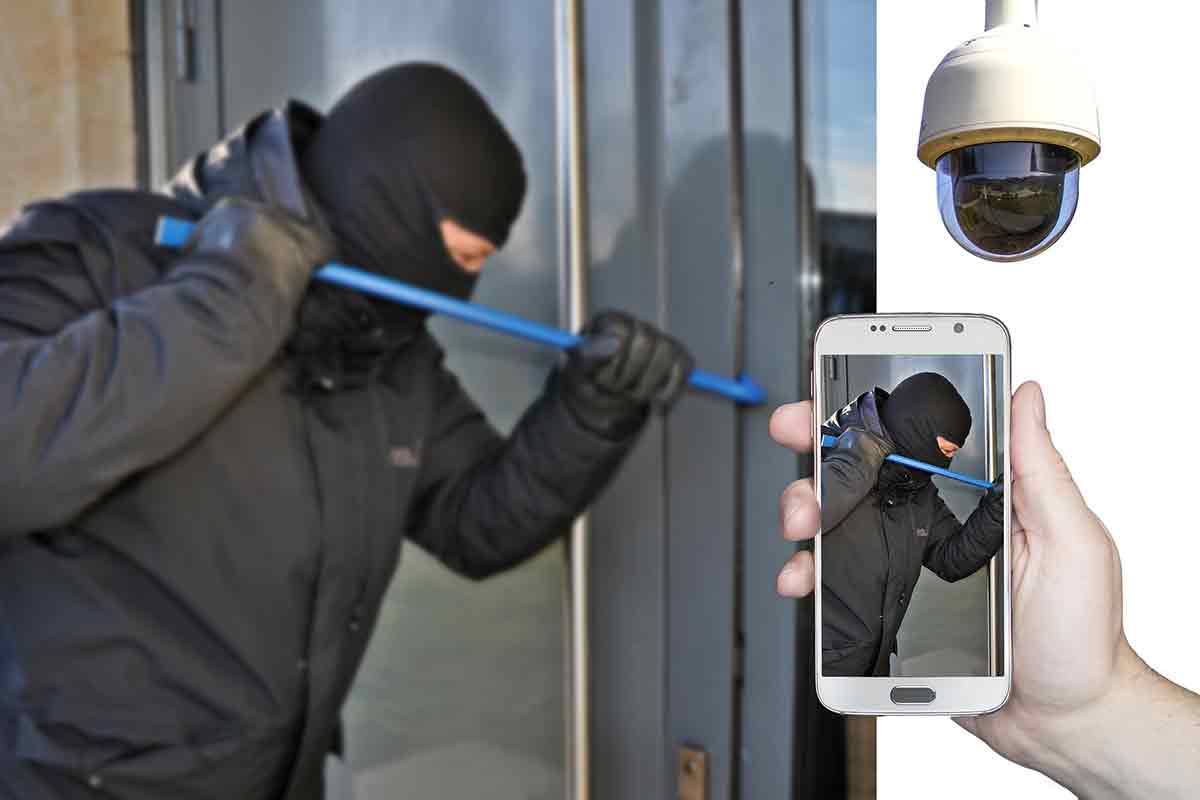
Another element to consider is home security. While many people still use closed CCTV technology for surveillance footage, today’s modern systems use IP cameras, also known as internet protocol cameras. These security cameras rely on a healthy internet connection to record and back up recordings of video footage inside and outside your house.
Internet bandwidth must be sufficient to communicate with an emergency data center, where representatives can alert 911 of a break-in, potential intruder, or other type of home emergency.
If setting up an internet-dependent security system is one of your must-haves, it’s a good idea to contact one of the best home security companies to determine the proper specifications for your home. The last thing you want is to experience faulty uploads or lag time during an emergency.
6. Smart Devices and Home Automation
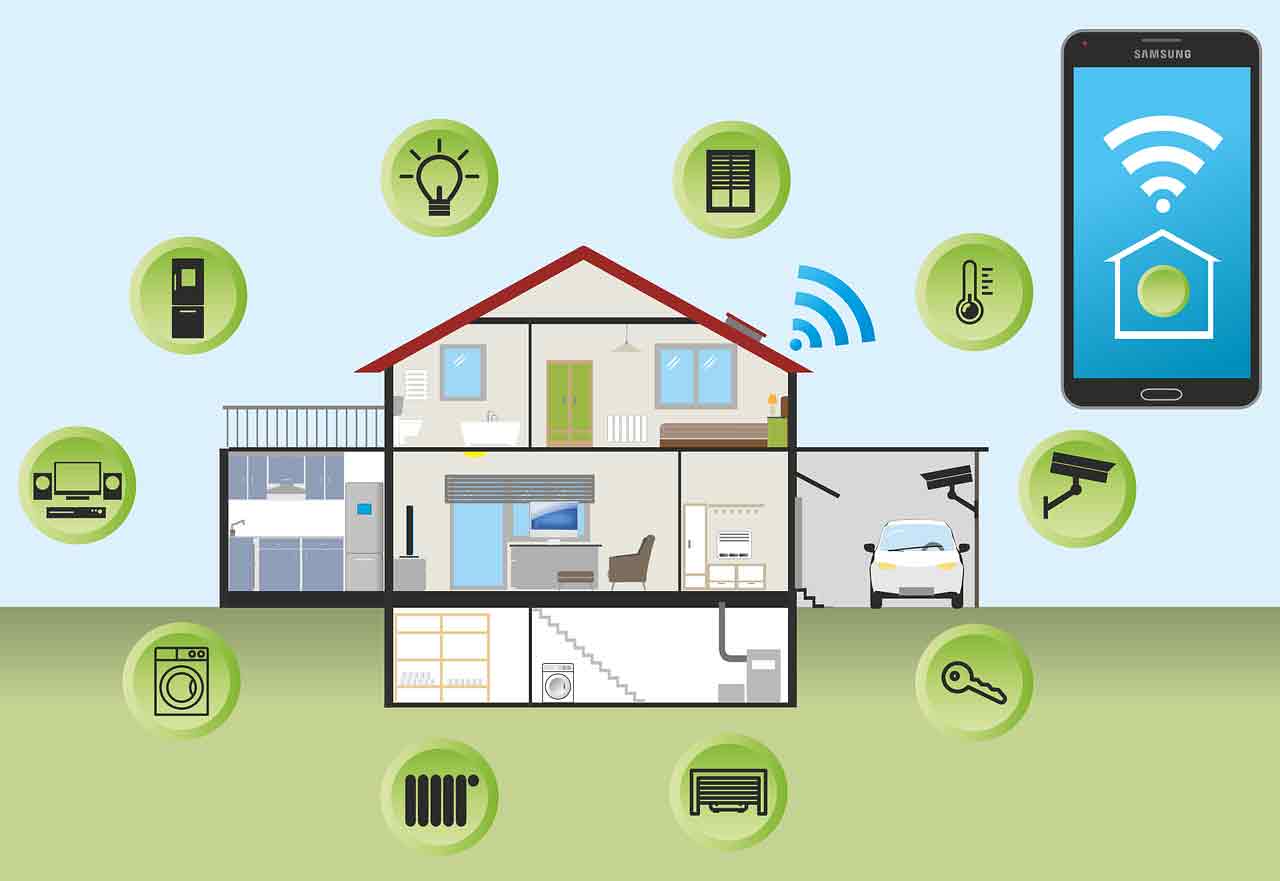
Thanks to programs like the ACP benefit, the digital divide continues to shrink throughout households in America. Most households have at least one connected smart device, and often there is one connected device per person.
Beyond an entertaining smart speaker like Amazon Alexa, Google Home, or Google Nest, a growing number of household appliances can join your smart home and connect to the internet.
Many appliances already have this feature, including refrigerators with Google Assistant, dishwashers, Amazon Alexa coffee makers, TVs, thermostats, and home security systems. Each of these is an IoT device. IoT stands for “internet of things,” and it's a way of saying devices that are connected to the internet.
A smart home with a refrigerator that connects to the internet can order milk when you get low. A dishwasher or coffee maker can be operated by simple voice commands. Naturally, the more devices you have connected to the internet, the greater bandwidth you will need to ensure each device functions smoothly with no glitches.
Home Connectivity Done Right
Home connectivity is a critical part of setting up the infrastructure of your home for a smooth and functional way of life. To provide yourself with the right elements of connectivity, it's critical to ask yourself questions regarding your specific needs. Will one or more people be working from home? Will a child need to utilize the internet for school?
In addition to work and school, consider your entertainment needs. How many people in your household use the internet for digital streaming or gaming? Will you be watching TV every night? Do you need multiple channels you can watch on multiple TVs?
As you examine your specific needs and the needs of your family, the right choices for your home connectivity setup will become clear. Ultimately, there is no right or wrong answer – there is simply what works best for you.



